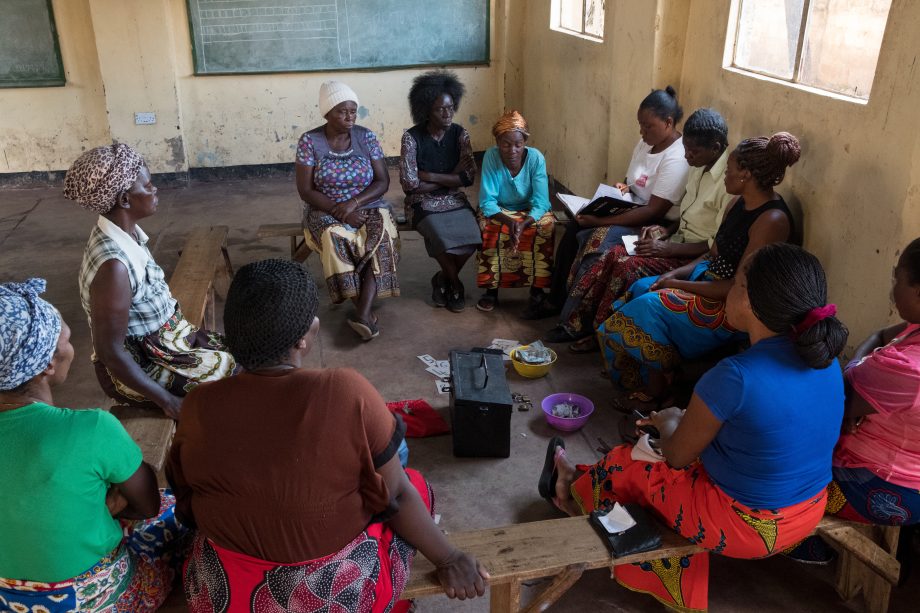Participatory community mapping
Participatory community mapping is a collaborative and important starting point of a development project. It provides opportunities to include multiple perspectives, knowledge, and experiences of community members in understanding the situation and identifying the resources needed, together with analysing and addressing the issues that allow the inclusive development of the community.
It follows a bottom-up approach with mandatory participation of persons with disabilities and OPDs. This enables people to exercise their rights and contribute, in all their diversity, to the development of their communities.
Undertaking community mapping in the pre-analysis stage can be useful in all other stages of the project cycle whether it is identifying the community needs, designing a project based on those needs and monitoring and evaluating the project impact. The first steps in community mapping are to:
- understand the context and the issues that have shaped the community by mapping local stakeholders, resources, services, infrastructure, terrain, hazards, and barriers to inclusion;
- undertake a stakeholder analysis in the community and understand their relevance to the project. Evaluate how aware they are of the role they can play and the level of their interest in participating in the project;
- do a situational analysis that looks at where things are taking into account the culture, economic level, education, and employment level of the community etc;
- carry out a SWOT analysis. This considers the strengths and the weaknesses that exist in the community and the opportunities and threats outside the community which may influence the community and the planned project. The analysis will focus on the situation faced by persons with disabilities.
